Heat pumps are a hot topic in the UK right now as more homeowners are encouraged towards using more energy efficient heating systems.
A heat pump is one example of a more environmentally friendly heating system, but misconception and negativity often features in discussion about the devices.
Arran Donald from Bankfoot is the Scotland installation manager for Perth-based IMS Heat Pumps.
“My opinion is that the gas board is driving the fake news that heat pumps don’t work”, he says.
“They say a gas boiler is 96% efficient, but they never are. A gas boiler is about 20% efficient.
“They always say gas is cheaper to buy than electricity and that’s correct. But you’re not running your gas boiler the same way you run a heat pump.
“A heat pump will have it at whatever heat you want 24 hours per day.”.
We approached several gas industry bodies and none of them were willing to respond to Arran’s allegation.
Investing in a heat pump similar to ‘buying a new car’
The Scottish and UK Governments are both promoting the use of cleaner heating systems to meet their emissions targets.
Holyrood is introducing legislation in 2025 that will ask new homeowners to install a “clean” heating system in their new homes.
IMS recently collaborated with a Nesta survey of 345 heat pump installers, which identified some potential barriers to this push.
According to the survey, 37% of them had “declined” work because they didn’t think a heat pump would heat a customers home effectively enough.
Finding skilled staff was also raised as an issue by 30% of those surveyed.
And expensive quotes were cited as a deterrent for customers by 45% of the installers.
“You go and spend £10,000-£15,000 on a new car and it’s the same for a heat pump”, explains Arran.
“But it will last you 10-15 years, which is a lot longer than a gas boiler. And there are no gas and emissions that is coming off it.
“You are about £800-£1000 for a gas boiler, but you’re lucky if you get five years out of it.”
Which has identified other issues. These including a need for more space in homes, insulation costs and a risk of spending more money on bills.
However, it states these issues can all be prevented if a heat pump is set up effectively.
“The majority of people in the UK have a gas boiler. And their parents probably had one before them”, adds Arran.
“There is this belief that if you have a good gas combi boiler, then you’re sorted. We are trying to get over that.”
Can heat pumps be installed in older buildings?
One notion Arran is keen to disprove is that heat pumps cannot be installed in older buildings.
He was announced as the Scottish Region winner at the Heating Installer Awards 2024 for installing a hybrid source pump in a 1770s house in East Lothian.
“It’s been said that you can’t put a heat pump in an old house and that’s why we really wanted to get involved with it”, says Arran.
“There was no installation and really old cast iron heaters.
“I think they were using five tanks of oil per year. The heat pump has been in for a year now and they’ve only used one tank of oil.
“The type of heat system that was in there was a single pipe heating one.
“Basically, heat comes along one pipe and goes up through a radiator and along to the next one. And it’s like a knock-on effect chain.
“In a new build you would never dream of going back to a single pipe system. But with that one – because it was listed – you had to.
How do ground heat pumps work?
Arran also recently installed a ground floor pump developed by NIBE for a customer in a new build house in Blairgowrie.
He has predominantly been dealing with air source heat pumps in recent years. But has no qualms about installing ground source pumps.
“Rather than taking energy from the air, it’s taking energy from the ground”, he explains.
“When I first started 20 years ago it was always ground source heat pumps because nobody really wanted to have a noisy fan sitting in their garden.”
The one recently installed in Blairgowrie is from Sweden – a country that can experience much colder winters than Perthshire.
It usually takes Arran’s team a week to finish installing a heat pump. He compares this process to that of a freezer.
“Everything is nice and cold on the inside of a freezer. But not so much with the old fridges, which are really hot at the back”, he says.
“The compressor is absorbing the heat from your food in your fridge and then it’s rejecting the heat out the back of it.
“It’s the exact same sort of process. We are extracting the heat into the house and then the coldness just goes into the ground.
“It is refrigerate gas that is in there and you need to boil that gas in order to compress it and generate heat.
“The incoming temperature of the water is enough to then re-boil that gas after it’s been compressed. It’s just a constant cycle.
“The incoming water from outside is changing that gas and then generating heat for the house.”
Learning a trade over 20 years comes from family foundations
Arran learnt his craft at a young age, with his father – Allan Donald – establishing IMS in 1997.
Allan had started fitting heat pumps in Scotland during the 1980s. This predominantly involved trialling the relatively unknown heating systems in council houses.
A large national energy company then made him redundant due to its stance that heat pumps would never “kick off” in the UK.
“As a wee boy he taught me all about heat pumps and how to fix them”, says Arran.
“After 20 years of doing it daily it’s just second nature now.
“It’s more just fault finding and about the experience that comes through doing that – and learning as you go really.”
IMS also has an office in Sheffield and serves a large area.
Arran has previously taking his installation skills to Orkney, the Western Isles and England – installing heat pumps in a cancer research building in Blackburn and a Sheffield school.
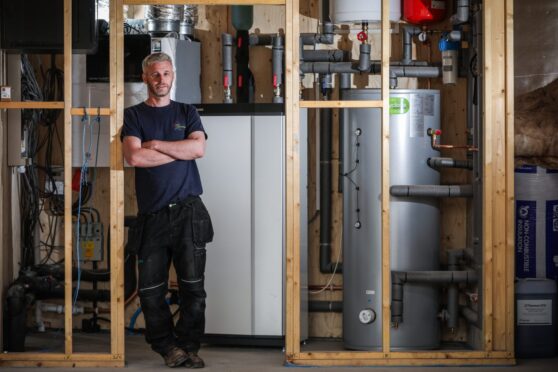
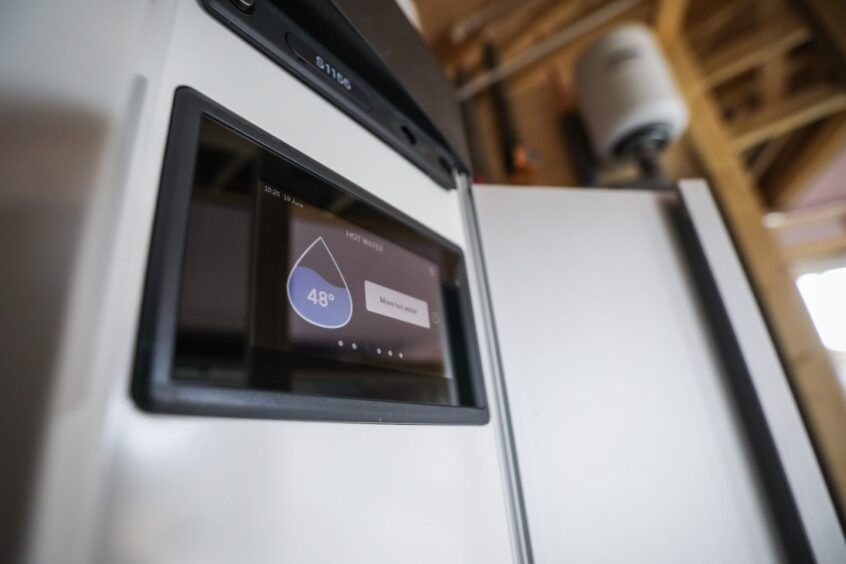
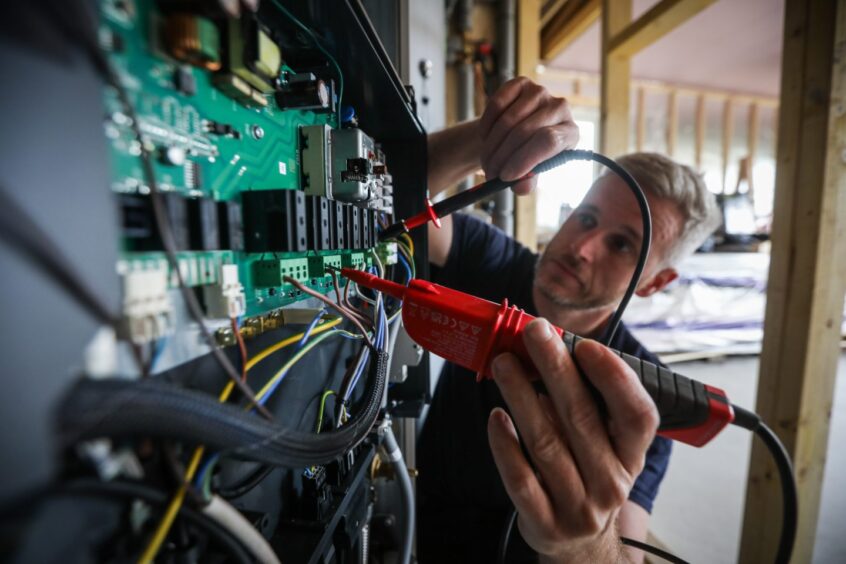

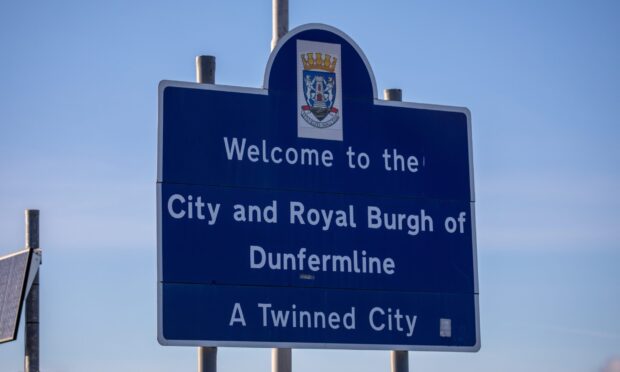
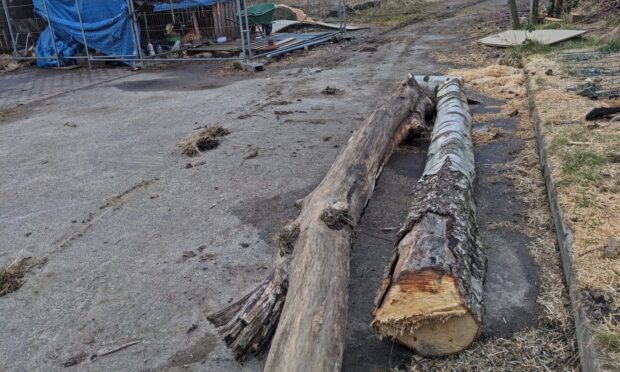
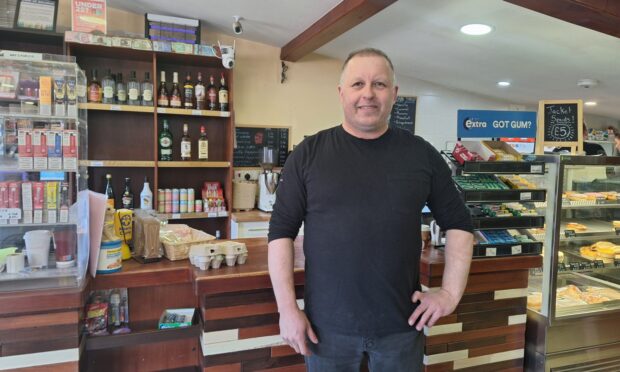

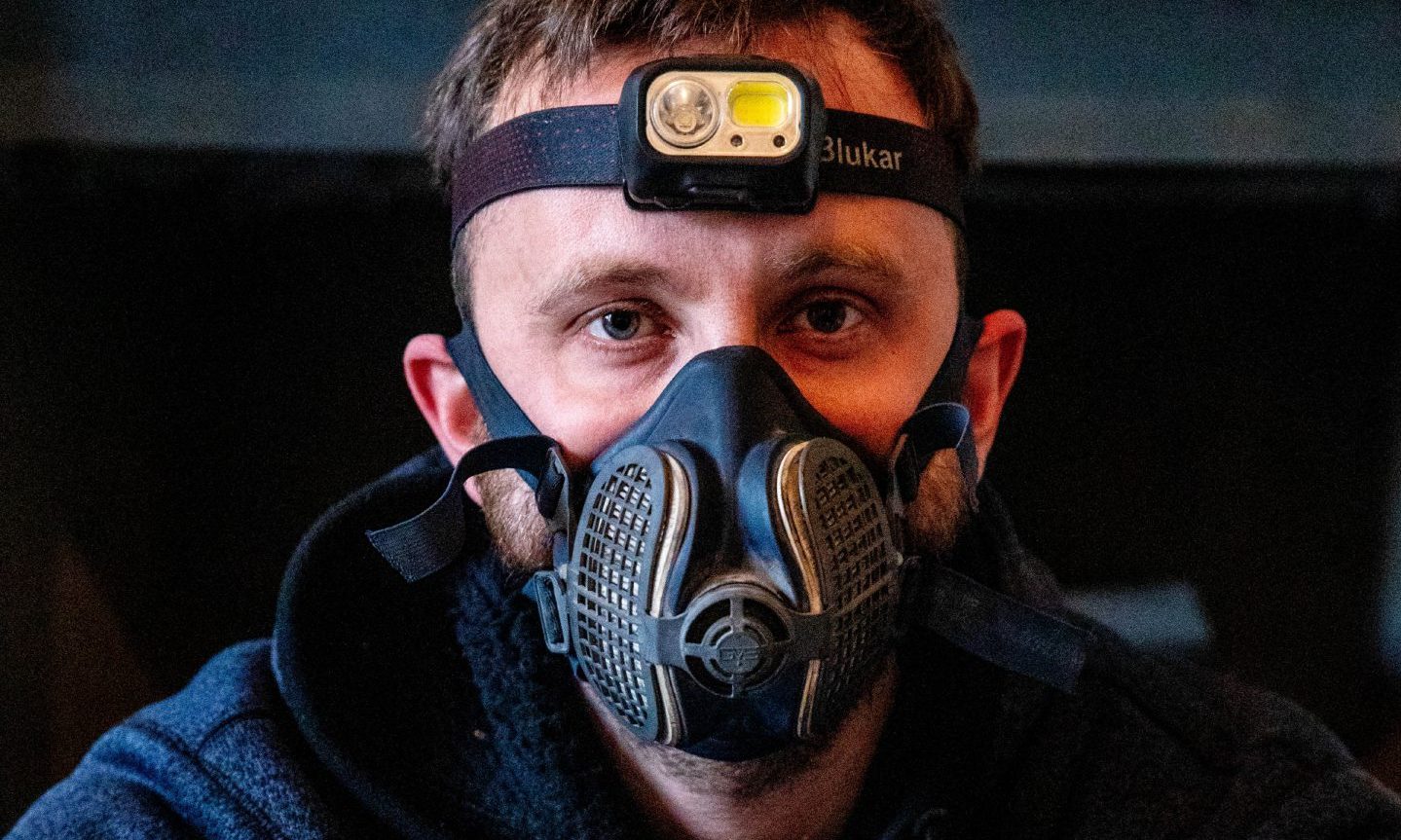

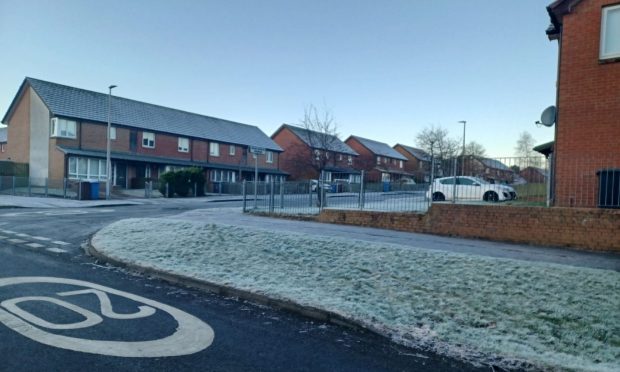

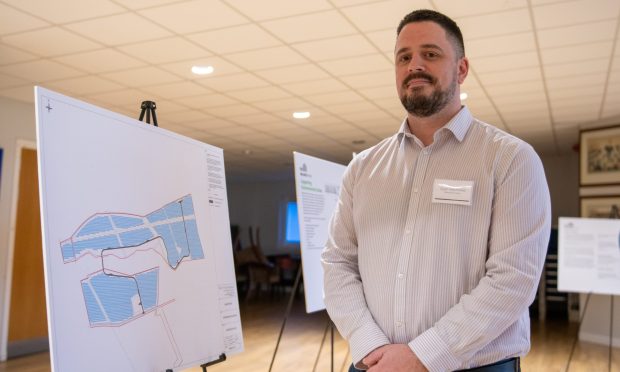
Conversation